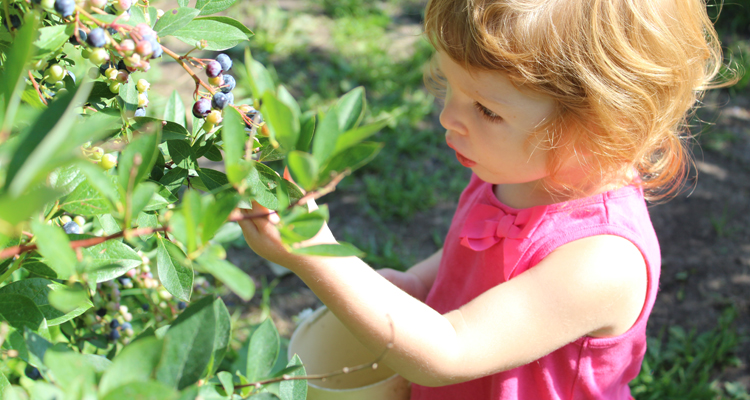The headline reads: “best brain foods,” but the more accurate term would be best “body foods.” These vittles are not just good for your brain but provide benefits to your whole body. I am not a scientist but will attempt to explain why each food is beneficial on a chemical level. For instance, many of these foods are high in antioxidants but what the heck are they? I’ll tell ya: antioxidants are chemicals that help neutralize “free radicals,” which are highly reactive chemicals that can cause harm to your body. See, you’ve learned something already.
- Click the links included below to learn about all of these brain-boosting bites and beverages
- Click any of the images to get some recipe ideas for each item
7 Best Brain Foods
Grains
Whole Grains: Be Careful! WHOLE-grain = good; MULTI-grain = I wouldn’t say bad, but not necessarily good.
Multi-grain is just a fancy word to sound healthy. You can take any two grains, combine them and BOOM: multi-grain. Whole grains are what you want as they contain iron, among other nutrients, which help blood cells carry oxygen to the brain.
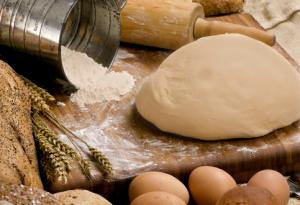
How to get your kids to eat it:
Introduce whole grains into your children’s diet by simply switching your bread choices when grocery shopping. Avoid white, multi-grain, and potato breads. Many brand-name products will have a whole grain alternative, so it shouldn’t be too difficult to make this transition.
Proteins
Fish: Specifically, wild-caught fish as well as some shell fish like oysters. Fish are a great source of lean protein and omega-3 fatty acids. Your brain is made up of roughly 8% omega-3 fatty acid, so increasing your intake of this supports a healthy brain. Remember, there are some fish to avoid as well.
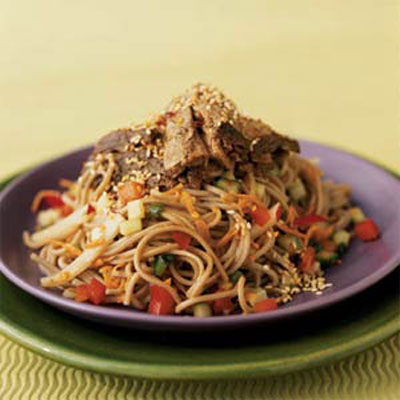
How to get your kids to eat it:
This could be a challenge; I didn’t start eating fish until I was well into my teens. This may be a slower process and you may have to start by serving your children breaded fish (looks like chicken tenders) or seared tuna (looks like steak), and slowly introduce them to salmon or some shell fish.
Fruits
Blueberries: Most fruits are generally good for you, but blueberries have a naturally high amount of gallic acid which protects the brain from degeneration, neurotoxicity, and oxidative stress. This can be restated as: Blah, blah, blah, blueberries can help to reduce stress and anxiety.

How to get your kids to eat it:
This one should be easy because blueberries are awesome. They’re fun to eat on their own and easy to add in salads or yogurt, or just mix with other fruit.
Vegetables
Beets: Beets have been shown to promote blood flow to the brain and help defend against diseases like dementia. While beets do a great job of protecting the brain at a later age, getting your kid to like beets now will ensure they protect their brains in the future.
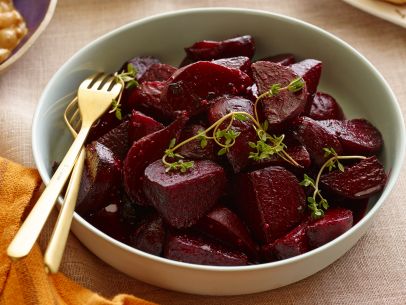
How to get your kids to eat/drink it:
Beets can be roasted and served as a snack. They are also easy to add to smoothies, or just served as beet juice.
Nuts/Seeds
Pumpkin Seeds: There are many nuts and seeds that are beneficial, but pumpkin seeds are high in tryptophan, an amino acid that your body converts to serotonin, the chemical that makes us feel happiness. Serotonin also helps us get to sleep, and we all know a well-rested mind is a healthy mind.

How to get your kids to eat it:
The best way to eat pumpkin seeds is raw, which could be a challenge, they may not look as appetizing as other snacks. If raw seeds are a no-go, you can always roast them on low heat with honey or cinnamon.
Drinks
You may have heard that a man recently contracted a kidney disease by drinking too much sweet tea. Which is true, however he drank roughly a gallon of sweet tea a day. That’s too much. Even a day’s supply of water is recommended to be around half a gallon. Most foods in moderation are OK, but if you want your kids to be healthy, stick with freshly brewed unsweetened tea. Also, unlike coffee, tea has much less caffeine to keep kids alert without overwhelming them thus making them hyper or jittery.
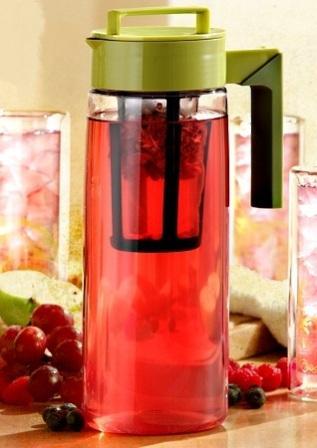
How to get your kids to drink it:
Lemonade Iced Tea Stand! This is very easy to make, so have your kids experiment to make their favorite. If they can make iced tea and a profit, good on them.
Desserts
Dark Chocolate: Yes, chocolate can be good for you, but don’t think you can grab any chocolate bar and it will have those “golden ticket” benefits. Dark chocolate contains cocoa, which has been linked to increasing blood flow to the brain. It also contains a healthy amount of caffeine to improve brain function. Keep this food group to small portions, however, as it is high in calories and sugar.

How to get your kids to eat it:
This may be tougher than it sounds. Dark chocolate tends to be bitter, but it’s chocolate so it can’t be that hard right? Can you think of a way to combine some of the other foods listed to make a fun, healthy snack?
Reading back on this post, I feel—smarter. I know the science behind how foods help our brains, and now I know what gallic acid does. Maybe it’s just because I’m snacking on blueberries.
Please share some of you favorite brain foods in the comments.
Related articles:
Back to School:best Breakfasts for Kids’ Brains
4 Hot Drink Recipes to Keep Your Family Warm and Healthy
12 Crock Pot Recipes for Your Family
5 Easy Soup Recipes to Try This Weekend
Featured Image – elizaraxi / CC by 2.0
